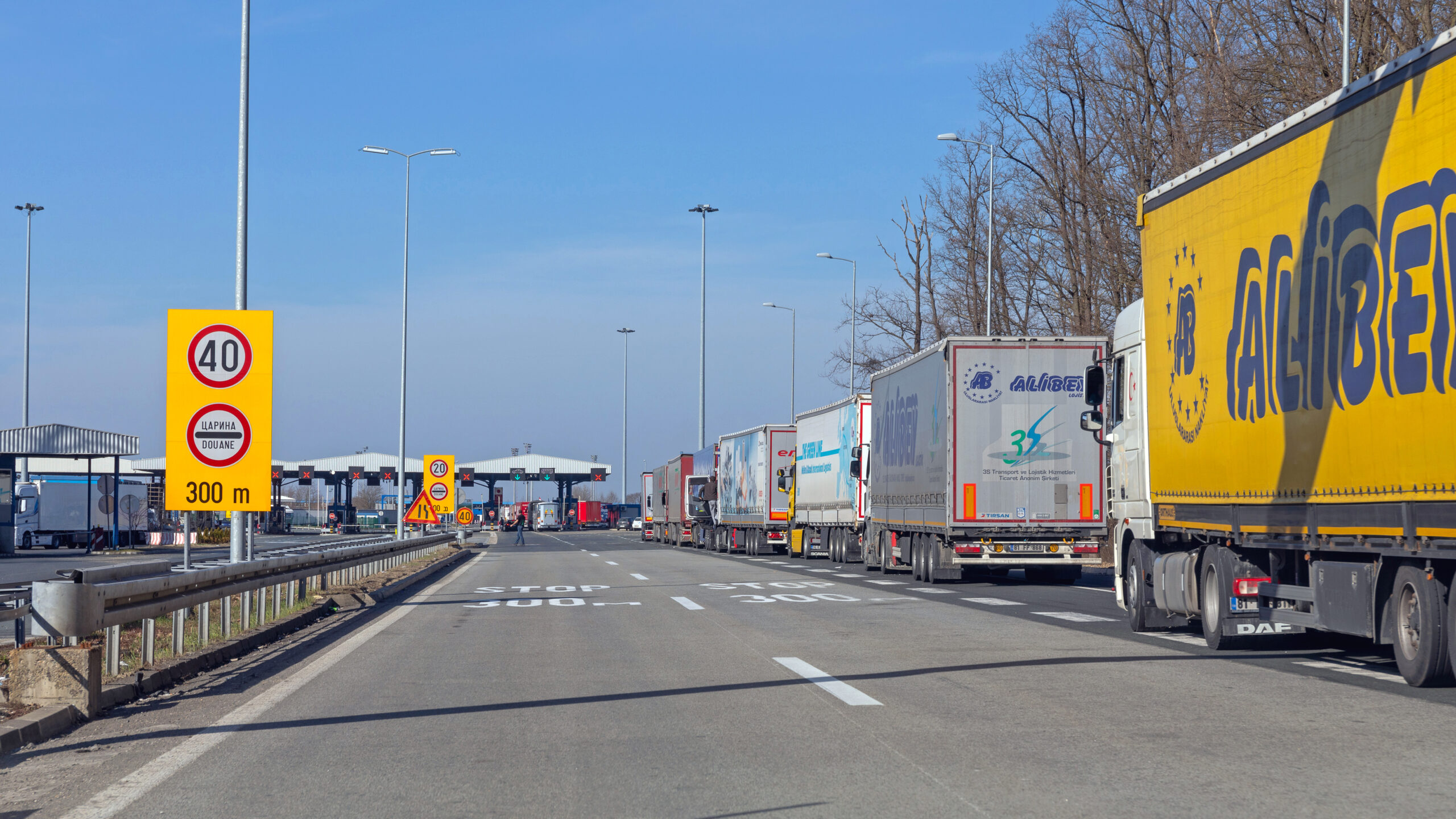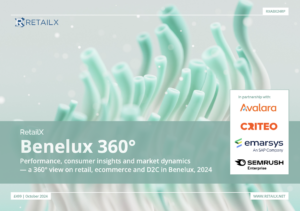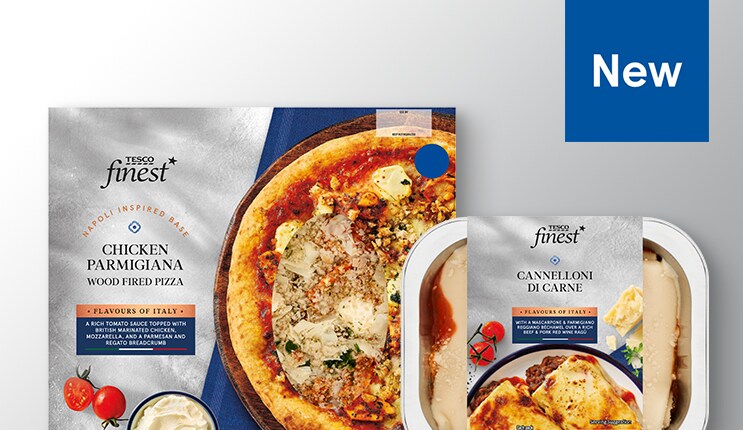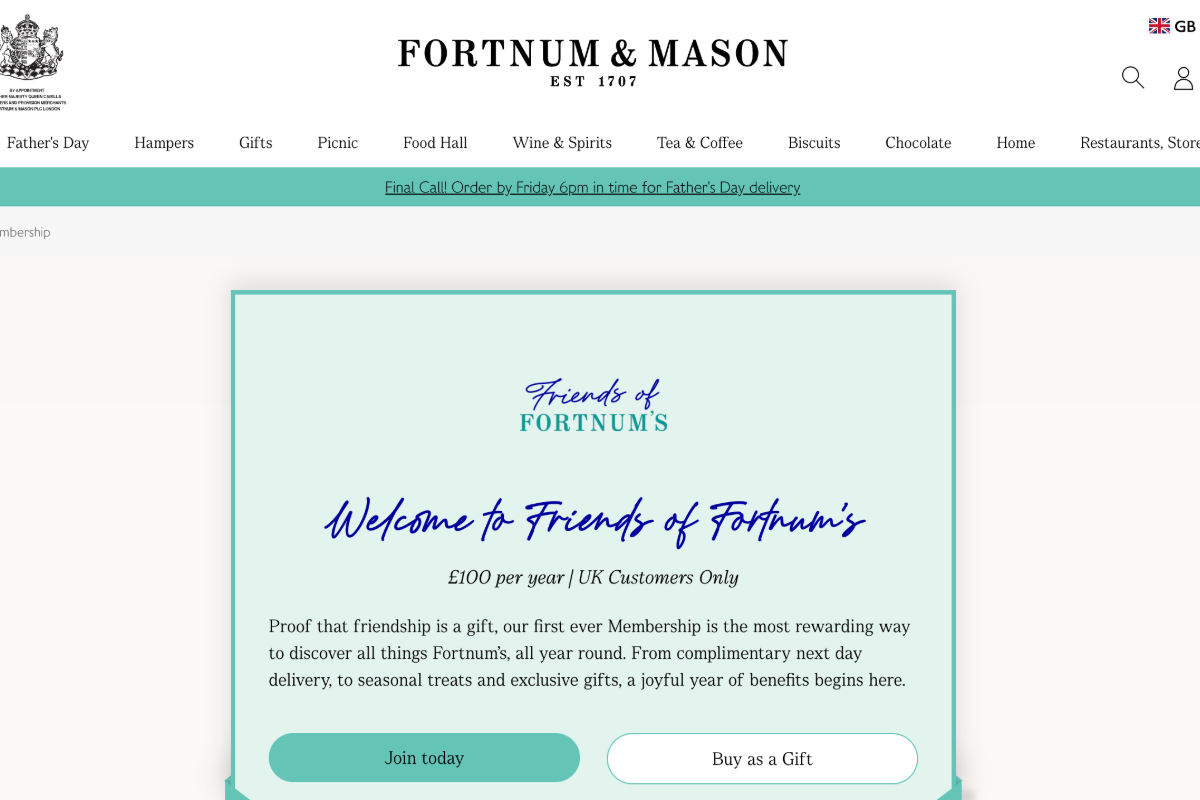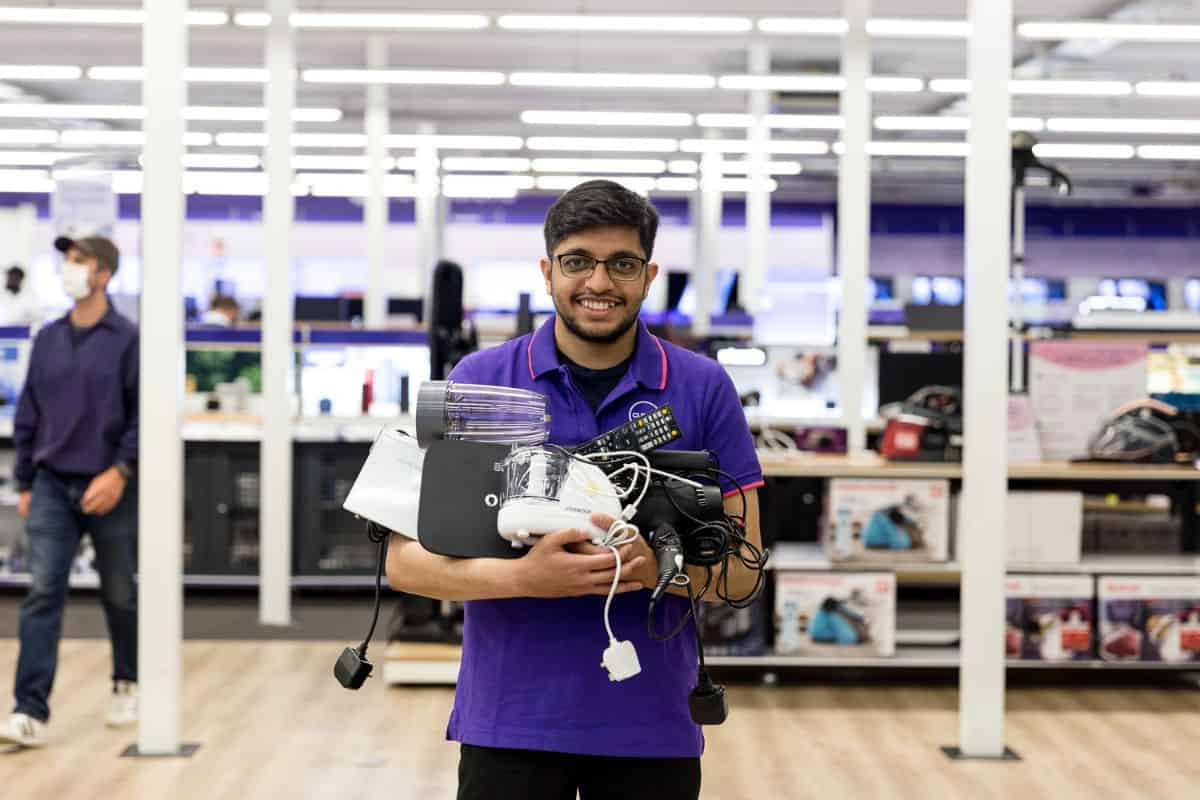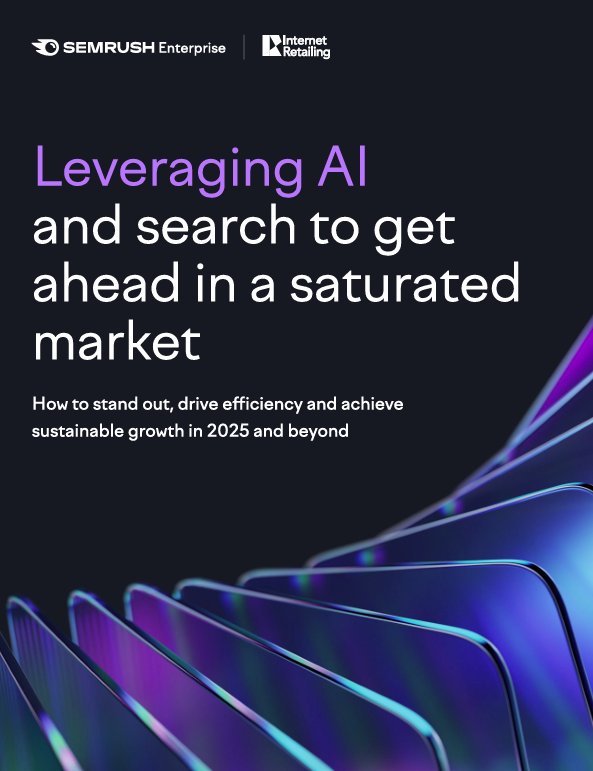The Benelux region has been described as a “central hub” or even “gateway to Europe” for ecommerce companies and their logistics partners. Its location, well established infrastructure and trade agreements have created a sophisticated ecommerce logistics ecosystem, according to the first edition of the RetailX Benelux 360° report.
In July 2021, the European Union simplified VAT rules for cross-border ecommerce activities, which eliminated the need for retailers and marketplaces to register for VAT in different member states.
The EU stressed this move would benefit sellers and consumers alike, encouraging growth for EU businesses as they can overcome the barriers to cross-border online sales. For EU citizens, the new rules ensure that the VAT rate applied is the same as for goods acquired in their home country. The European Digital Single Market aims to make technology work for people in a “fair and competitive digital economy”. This simplification will have certainly provided a further boost to cross-border sales in a region that is already well placed for inter-regional sales.
Cross-border
Luxembourg’s unique geographic location, sharing borders with Belgium, France and Germany, enables its consumers to shop easily cross-border. This is one key factor that has resulted in the small country topping 80% cross-border market share. In 2022, Luxembourg’s total cross-border turnover hit €1.8bn.
Additionally, Luxembourg shoppers possess the confidence to look outside its borders for choice and value. Cross-border consumer confidence in the region is at 86%, with ecommerce shoppers drawn to German fashion marketplace Zalando, French sites such as FNAC and Veepee, as well as Amazon, both .de and .fr.
The ability to order from such sites is also of importance to Belgian consumers. Some 46% of all ecommerce sales in Belgium are cross-border, with suggestions that the Belgian ecommerce platforms are not as well developed when compared to neighbouring countries.
Unsurprisingly, Belgian consumers prefer shopping cross-border in their languages, resulting in 49% of shoppers turning to the Netherlands and 40% France. Consumers are also willing to branch out to German sites (26%) and Chinese domains (34%), but few (9%) are turning to UK sites post-brexit.
Consumers in Belgium and Luxembourg may be turning to their neighbours in the Netherlands, but one survey illustrates that Dutch online shoppers are also willing to buy products from foreign countries – nearly half in fact.
The Netherlands benefits from Europe’s largest seaport, at Rotterdam, and well established multimodal infrastructure across rail, road and waterways. This robust logistics infrastructure, when combined with coveted technology-driven fulfilment centres and competitive pricing provides Dutch ecommerce shoppers with the choice of shopping at home and from abroad.
The Dutch Metropolitan Innovation (DMI) Ecosystem
Furthermore, the Netherlands is working to ensure logistics operations are done in both a considerate and sustainable manner. The country has recognised that logistics, and the impact that ecommerce growth is having, can cause nuisance, even damage, and emissions – especially in growing and densely populated cities.
“We are committed to organising logistics flows in a safer, smarter and more sustainable way, using solutions in the fields of data and digitalisation, so that our cities remain a nice place to live and work,” explains Robbert Janssen, theme leader of logistics, DMI.
The Dutch Metropolitan Innovation (DMI) ecosystem is harnessing data to provide Dutch municipalities insight into the logistics flows in their cities. It is looking to answer key questions including: “Who drives where, when and with what; where are stock locations; how does loading and unloading take place on the street, how can it be done differently, smarter, cleaner, safer? And what is the action perspective of municipalities and businesses?”
As well as using digital tools to ensure logistics is both safe and efficient, the DMI ecosystem also focuses on sustainable logistics, with zero-emission zones coming into effect from 2025.
Greener operations
The Netherlands’ pledge to eliminate emissions from vehicles that distribute goods in cities has already resulted in retailers switching to cleaner vehicles. Dutch grocer Albert Heijn uses exclusively electric vehicles in the centre of Amsterdam, The Hague, Rotterdam and Utrecht to deliver groceries to homes and to supply its stores.
While spirits retailer Gall & Gall has introduced smart electric tugs in its distribution centres in a bid to ease the workload of drivers. Not only do these electric pullers take some of the physical strain and enable drivers to work more efficiently, the platforms also play a part in cleaning up Gall & Gall’s entire supply chain.
Additionally, when household goods retailer Hema opened its central warehouse for storage and transport it introduced a closed-loop system based on returnable containers. The company’s logistics team sourced recyclable plastic containers, with 250,000 collapsible containers initially introduced. The retailer currently orders an average of 40,000 new containers every year.
In Belgium, it is not just retailers who are cleaning up their logistics and delivery processes. In March this year, Belgian postal operator bpost introduced a carbon footprint calculator. The calculator enables retailers to estimate the carbon emissions associated with every parcel bpost handles in Belgium. It uses parameters such as weight, number of parcels, distances covered, number of stops and the type of vehicle used. The tool is part of bpost’s wider goal to reduce its operational emissions by 55% by 2030, and achieve full carbon neutrality by 2040.
In Luxembourg, grocery chain Cactus is part of a trial to put photovoltaic solar technology (solar panels) directly onto vehicles to convert sunlight into electricity. The solar power will then go towards the needs of the electric vehicles, or for some auxiliary systems such as the refrigeration systems used in food transport. Cactus has given researchers access to its fleet for sensors to be installed and measurements taken.
Whether it is warehouse technology, vehicle innovation or simply understanding their impact, retailers and logistics companies across the region are working to clean up their operations.
Sustainability, retail media, subscriptions, instore services, payments and marketplaces are also covered in this first RetailX Benelux 360° report. This new format reports on the digital landscape in Belgium, Luxembourg and the Netherlands, consumers’ attitudes to shopping online and details of the retailers that lead the market. Company profiles showcase the retailers standing out in the market.
We deliver!
Our editor picks some choice pieces from the analysis flow and sends them to your inbox every Wednesday. Dedicated research report previews will also come direct to you. Subscribe for the emails.
Why not join us on Linkedin and you’ll get the best updates on our research and analysis – UK, Europe and Global – in your feed.
